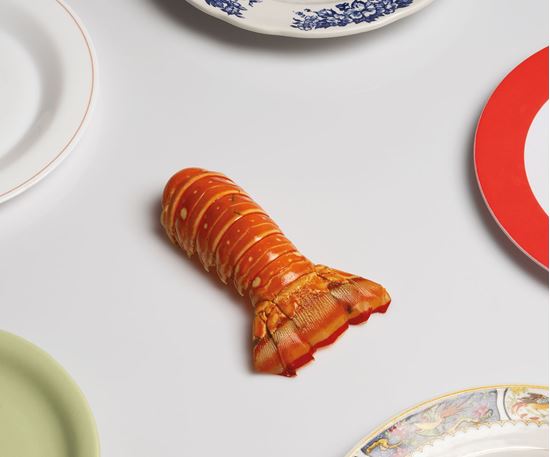The Master of the High Castle (1962) is Philip K. Dick’s most famous uchronia. The novel is set in an alternative world in which the Axis Forces have won the Second World War. Through a mise en abyme effect, the story evokes the work of a certain Abendsen, who imagines the unthinkable: Allied victory in 1945.
The uchrony our exhibition aims to exploit is as follows: the “Lobster War” did indeed take place. It was a conflict between Brazil and France between 1961 and 1963. A simple dispute, diplomatic and armed, over fishing grounds. In the end, nothing, or almost nothing.
And yet, this minor conflict – as we all know – has had a profound effect on our world, permeating our civilizations and even our dreams, influencing religious traditions and fashion movements, as well as artists and history books. Since the war, for reasons we intend to explore, the lobster has become a veritable emblem, even a mythology. So much so, in fact, that Roland Barthes, author of Mythologies in 1957, was obliged to add a new chapter to his work, devoted of course to the Lobster War. This new edition of Roland Barthes’ essay would have appeared as early as 1963. On the cover of the paperback edition, the image of the famous crustacean has replaced the DS Citroën.
Artistic and curatorial concept: Jean-Yves Jouannais, Mabe Bethônico and Elizabeth Guyon, with Thomas Bouniol, Célia de Feral, Teva Lan-Yeung, Denis Valery Ndayishimiye, Maria Teresa Neira Barres, Mélina Rard, Joffrey Sebault and Jacinta.
Exhibition co-produced by Rencontres d’Arles and École nationale supérieure de la photographie, Arles.

